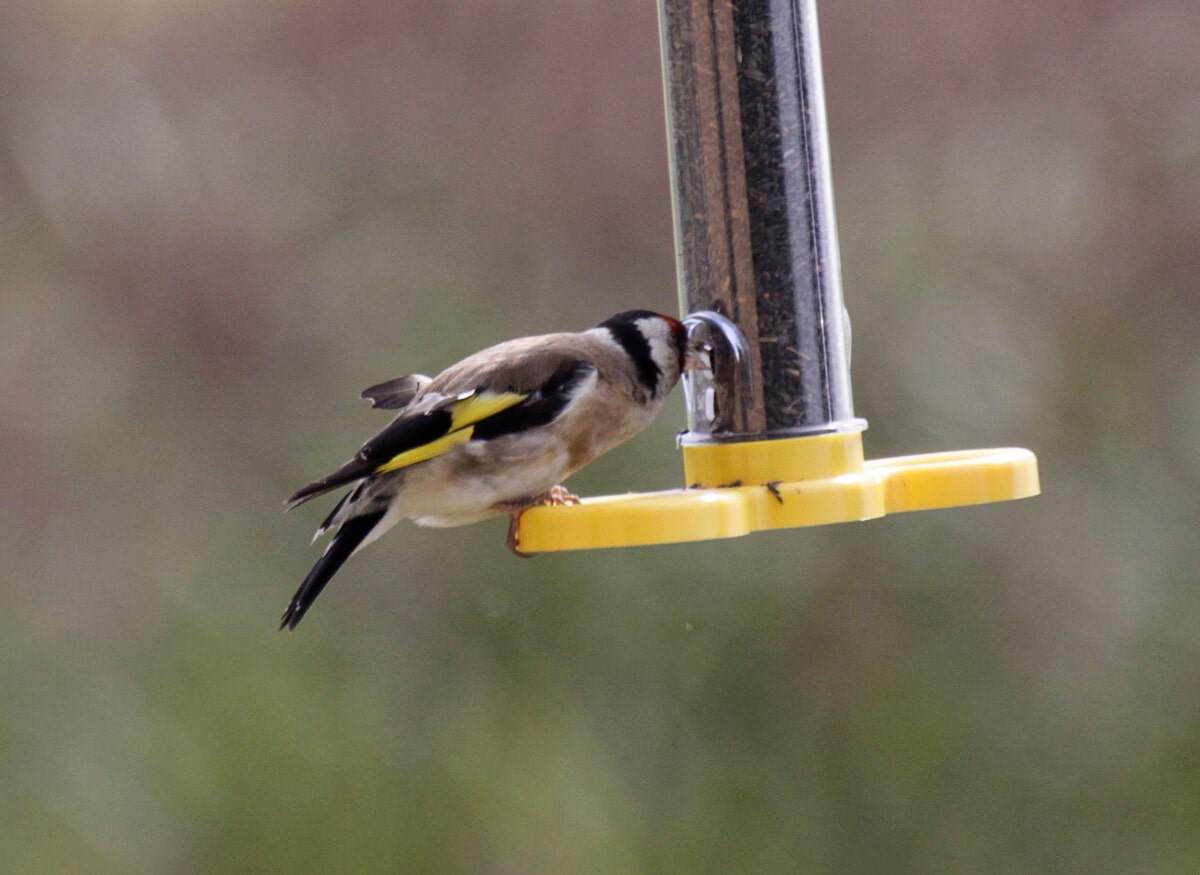
Photo by Bob Robinson
From birds to frogs, squirrels to hedgehogs, the colder months are difficult for wildlife, as they struggle to keep warm in freezing temperatures, get enough fat-rich foods and find shelter.
So, why not give a little helping hand to British wildlife over the winter months by following some of these simple steps?!
These 4 tips are a great way to encourage more wildlife into your backyard, whilst helping your little ones connect to nature!
Leave out food
Photo by Bob Robinson
We all know filling up seed feeders will attract a fluttering of feathered friends into your garden. But you may not know there are plenty of alternative ways to keep the birds visiting and increase their chance of survival in freezing conditions.
Mealworms are a great source of natural, nutritious food for birds. Packed with healthy fats, protein and fibre, these dried worms can be left in bird feeders, or mixed with seeds and nuts.
Alternatively, making your own feeders can be a great nature activity for the kids. Simply combine seeds, nuts or mealworms with peanut butter or vegetable suet, press the mixture into pinecones (or roll into a ball and place in a recycled satsuma net), and hang with biodegradable twine from the trees around your home.
Dog food is a great way to attract hedgehogs and badgers to your garden too!
Just try not to put out food too often – you don’t want the animals to become too reliant on this food source.
Keep wildlife hydrated!

Photo via Pixabay
Leaving out fresh water can make a difference to local animals too – especially when puddles, lakes and ponds are frozen.
If you have a garden pond, make sure it’s accessible for animals in winter. Fill a saucepan with hot water and carefully place it on your pond until it melts a hole in the surface. This will allow wildlife to drink, enter and exit the water. Don’t hit the ice, as this will send shockwaves through the water and could harm the wildlife underneath!
Birdbaths are brilliant for helping birds keep themselves clean and hydrated year-round too!
Plant late-flowering plants for bees
Photo via Pixabay
Planting winter flowers will not only help your garden look pretty in the colder months, but help honey bees when there are less sources of pollen and nectar.
Some great examples include willow, clematis, and snowdrops!
Provide shelter for animals

Photo via Pixabay
There’s many ways to provide winter shelter for animals. Birdhouses can be easily purchased from your local garden centre and fitted to a shed or tree. Creating a rich compost heap can provide a home for smaller animals such as frogs and toads too. Even gathering fallen branches and raking fallen leaves into piles beneath trees and shrubs can offer refuge to small mammals like field mice and hedgehogs. Leaving sheltered dry spots are also great for insects like spiders as they struggle to survive in damp conditions.
Just be sure not to disturb these habitats until hibernation time is over in April!
By following a few of the steps above, before you know it your garden could be a beautiful wildlife haven!
We hope you and your little ones have fun reconnecting with nature whilst nurturing a healthy habitat for all kinds of creatures this January!
The Buttercup Learning Team




